The extinction of dinosaurs 66 million years ago following the Chicxulub asteroid impact represents one of the most significant turning points in Earth’s history. This cataclysmic event cleared the evolutionary stage for mammals to diversify and eventually give rise to humans—the only species known to build complex civilizations. But what if that asteroid had never struck? Given another 100 million years of evolutionary time, could dinosaurs have developed intelligence comparable to humans and built their own cities? This thought experiment has fascinated paleontologists, evolutionary biologists, and science fiction enthusiasts alike, offering a window into alternative evolutionary trajectories that might have unfolded on our planet.
The Evolutionary Trajectory of Dinosaur Intelligence

Examining the question of dinosaur civilization requires us to first consider the cognitive capabilities they had already developed. Contrary to early misconceptions depicting dinosaurs as sluggish, dim-witted creatures, research has revealed that many dinosaur species possessed relatively large brain-to-body-mass ratios, particularly among certain theropods. Troodontids, close relatives of Velociraptor, had among the highest encephalization quotients (a measure of relative brain size) of any dinosaur group, comparable to some modern birds. Their enlarged cerebral hemispheres suggest they likely possessed advanced problem-solving abilities, spatial awareness, and possibly rudimentary social intelligence. These cognitive foundations, while impressive, would have needed significant further development to approach human-level intelligence capable of creating civilizations.
Dinosaurs That Showed Promising Cognitive Potential
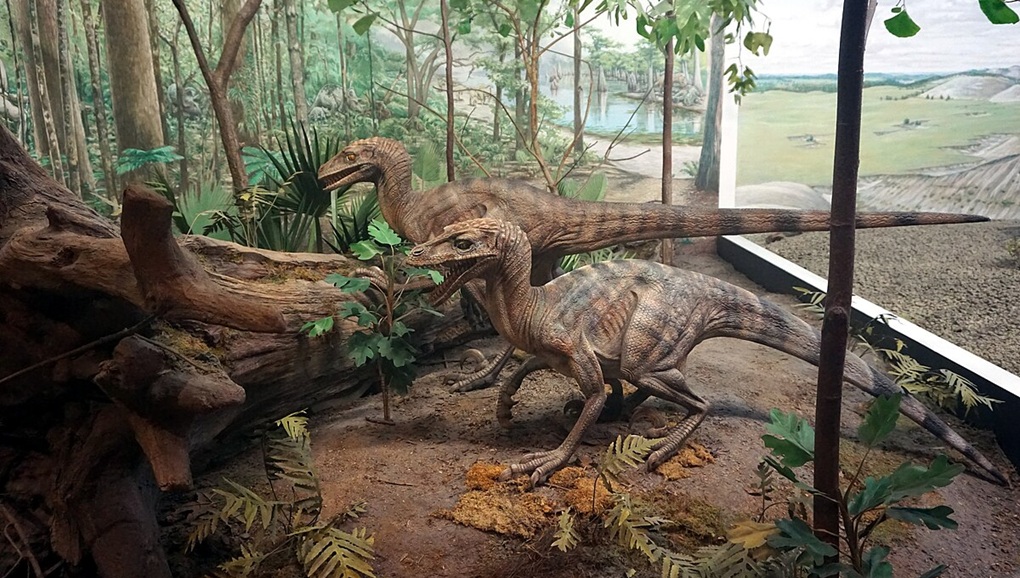
Several dinosaur lineages demonstrated particularly promising cognitive traits that might have continued developing given enough time. Troodontids like Stenonychosaurus possessed large, forward-facing eyes suggesting good depth perception, grasping hands with opposable digits, and brain cases indicating enhanced sensory processing. Dromaeosaurids (including Velociraptors) showed evidence of pack hunting behaviors requiring coordination and communication. Perhaps most intriguing were the smaller-bodied, omnivorous dinosaurs like Oviraptor and Chirostenotes, which possessed relatively large brains, manipulative hands, and complex social structures. These groups, already demonstrating precursors to advanced cognition, would have been prime candidates for evolving greater intelligence had they survived and continued evolving for tens of millions more years.
The Avian Connection: Birds as Living Dinosaurs

Birds, as the direct descendants of theropod dinosaurs, offer our best window into understanding dinosaur cognitive potential. Modern corvids (ravens, crows, and jays) and parrots demonstrate remarkable intelligence, including tool use, problem-solving abilities, self-awareness, and even rudimentary language capabilities. New Caledonian crows fashion tools from materials in their environment, while African grey parrots can learn hundreds of words and use them contextually. These abilities suggest that the neurological architecture for advanced cognition was already present in the dinosaur lineage that led to birds. Had non-avian dinosaurs continued evolving along similar neurological pathways, they might have developed comparable or even more advanced cognitive abilities given sufficient evolutionary time and selective pressures.
Environmental Pressures and Intelligence Evolution

The evolution of advanced intelligence typically occurs in response to specific environmental and ecological pressures. For humans, factors like complex social structures, dietary challenges requiring tool use, and climate fluctuations created selective advantages for greater cognitive capabilities. For dinosaurs to have evolved human-like intelligence, they would have needed similar selective pressures. Climate changes following the Paleocene-Eocene Thermal Maximum might have created new ecological niches favoring problem-solving abilities. Competition between different dinosaur species could have triggered cognitive arms races. Additionally, fluctuations in resource availability might have rewarded dinosaurs capable of developing innovative foraging strategies, potentially including primitive tool use and environmental manipulation—precursors to technological development.
The Anatomical Requirements for City-Building
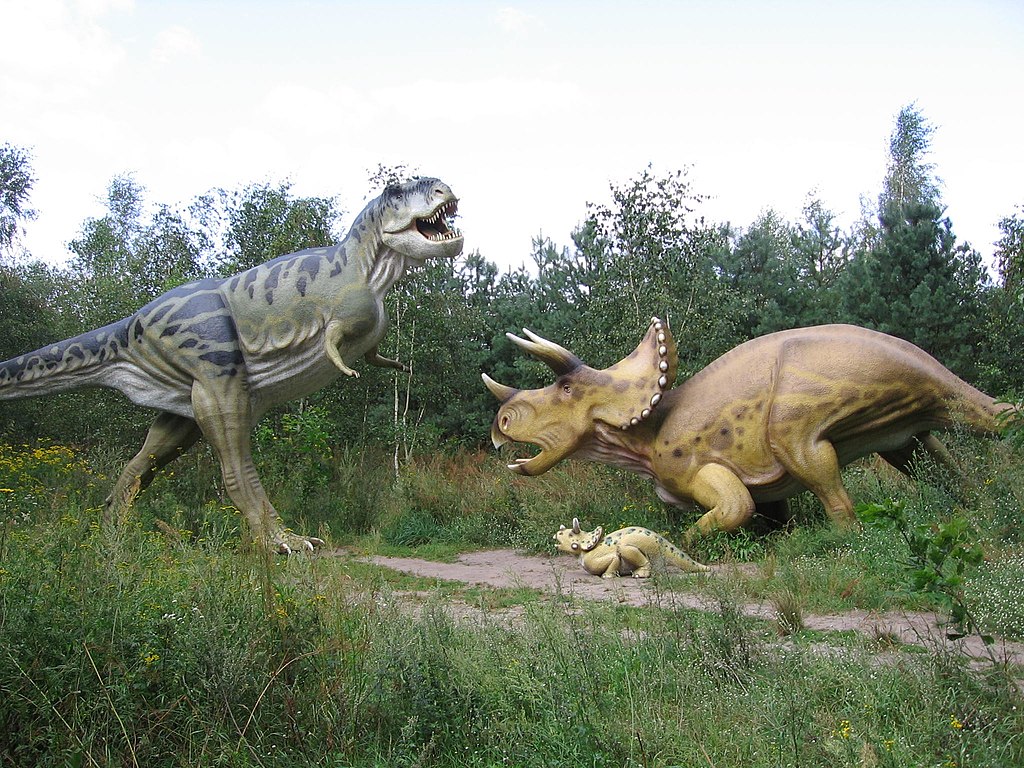
Building cities requires not just intelligence but also appropriate physical adaptations for manipulating the environment. Human civilization depended crucially on our dexterous hands with opposable thumbs, allowing for precise manipulation of objects and the creation of increasingly complex tools. Some dinosaur lineages, particularly among the maniraptoran theropods, had already evolved grasping hands with limited opposability. Troodontids and dromaeosaurids possessed three-fingered hands capable of grasping and manipulating objects with surprising precision. These adaptations might have continued evolving toward greater dexterity, especially if selective pressures favored fine motor control. Additionally, bipedalism—already present in many theropods—would have freed their forelimbs for manipulation, much as it did in human evolution, potentially providing the physical foundation for technological development.
Social Structures and the Path to Civilization

Civilization requires not just intelligence and manipulative abilities but also complex social structures supporting cooperation and knowledge transfer. Evidence suggests many dinosaur species were highly social, with hadrosaurs, ceratopsians, and various theropods showing signs of herding, pack hunting, and communal nesting behaviors. Maiasaura, the “good mother lizard,” demonstrated extended parental care, creating opportunities for cultural transmission between generations. Over additional millions of years, these social foundations might have evolved into more complex societal structures. Extended parental care could have lengthened learning periods, allowing for the accumulation and transfer of increasingly complex knowledge—a critical factor in human cultural evolution. Complex dinosaur societies might have eventually developed division of labor, specialization, and the social hierarchies necessary for coordinated large-scale projects like city building.
The Energy Requirements of Civilization
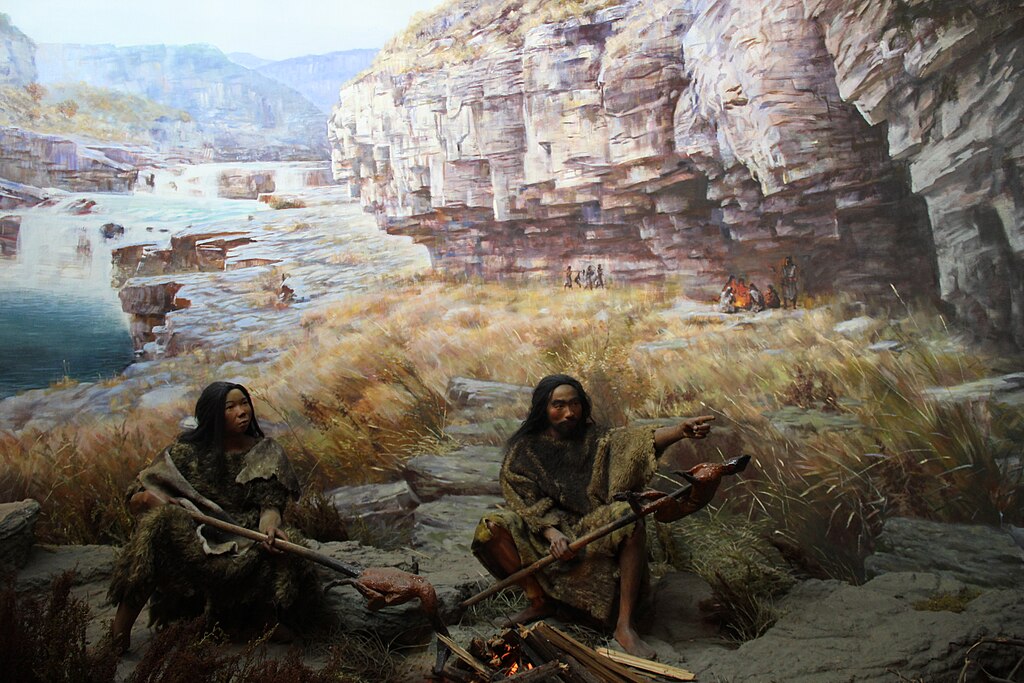
Building and maintaining cities requires harnessing and controlling energy sources beyond immediate biological needs. Human civilization’s development depended on our discovery and utilization of fire, which provided warmth, protection, cooking capabilities, and eventually powered the Industrial Revolution through fossil fuels. For dinosaurs to have built cities, they would have needed to master energy manipulation similarly. While no non-avian dinosaurs could control fire (lacking the necessary manipulative capabilities), an intelligent dinosaur species evolving over millions of additional years might have developed alternative energy harnessing methods. They might have initially used biological energy sources—perhaps cultivating energy-rich plants or domesticating animals for labor—before potentially discovering mechanical energy applications like water wheels or wind power. However, without fire’s transformative properties for metallurgy, their technological path would have differed significantly from humanity’s.
Alternative Forms of Dinosaur Technology

A dinosaur civilization might have developed technologies fundamentally different from human inventions. Without fire and metallurgy, they might have excelled in biological technologies—selectively breeding plants and animals for specific purposes, creating living tools and structures through manipulation of growth patterns. Imagine buildings “grown” rather than constructed, with specialized plants forming walls and roofs, or semi-domesticated herbivores modified to clear vegetation and shape landscapes. Their tools might have incorporated naturally occurring materials like specialized hardwoods, polished stone, or naturally occurring glass from volcanic regions. Some speculative paleontologists suggest they might have developed sophisticated chemistry based on fermentation processes or biological compounds, leading to adhesives, preservatives, and even crude forms of plastic-like materials derived from plant resins. Their cities might have resembled vast, partially living complexes integrating grown and assembled components into functional, sustainable urban environments.
Communication and Knowledge Transfer
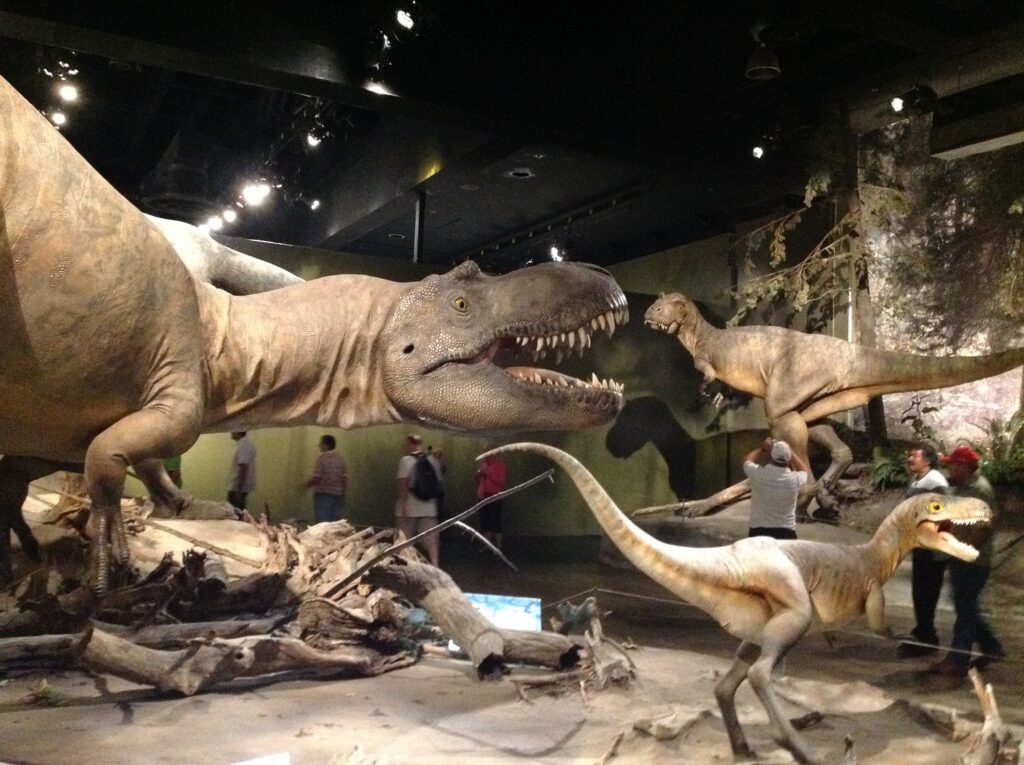
Civilization requires systems for communication and knowledge preservation beyond what’s possible through direct observation and mimicry. Human societies developed language, writing, and eventually digital information systems to store and transmit increasingly complex information. Intelligent dinosaurs would have needed similar capabilities. Many modern birds possess sophisticated vocal communication systems, suggesting their dinosaur ancestors had the neurological framework for complex communication. Over additional evolutionary time, this might have developed into formal language systems. Without hands suited for writing as we know it, they might have developed alternative recording methods—perhaps visual symbols carved with beaks or claws, arrangements of objects with specific meanings, or even chemical markers with information encoded in scent patterns. Their communication might have emphasized visual and auditory signals, potentially incorporating color displays or complex vocalizations beyond human sensory capabilities.
The Evolutionary Timeframe: Is 100 Million Years Enough?
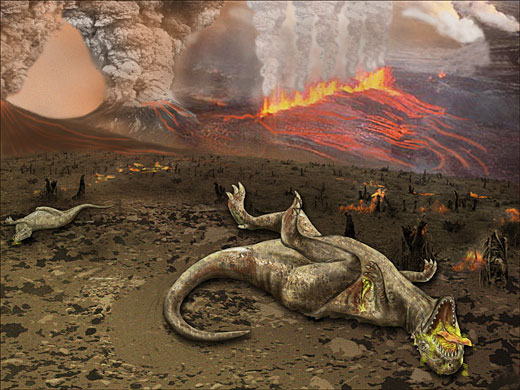
The timeframe of 100 million years represents an enormous evolutionary window—nearly twice the time that has elapsed since the dinosaur extinction. For context, modern humans (Homo sapiens) evolved from primate ancestors in roughly 6-7 million years, with the transition from pre-agricultural societies to modern civilization occurring in just the last 12,000 years. Given this perspective, 100 million years would likely provide ample time for significant cognitive evolution in dinosaur lineages already showing promising neural development. Assuming consistent selective pressures favoring intelligence, problem-solving, and social cooperation, the cognitive leap from Late Cretaceous troodontids to civilization-building dinosaurs seems evolutionarily feasible within this timeframe. The question becomes not whether there was sufficient time, but whether the necessary evolutionary pressures and circumstances would have aligned to drive development in this specific direction.
Comparing Dinosaur and Mammalian Evolutionary Paths

The evolutionary paths of dinosaurs and mammals offer interesting contrasts that might have affected their respective potentials for developing civilization. Mammals evolved endothermy (warm-bloodedness) early in their history, which supported higher metabolic rates and potentially more complex neural development, but at the cost of greater energy requirements. Many dinosaur lineages, particularly theropods, had also evolved degrees of endothermy by the Late Cretaceous. However, mammals typically produce fewer offspring and invest heavily in parental care, creating conditions favorable for transmitting learned behaviors across generations. Most dinosaurs, even the most intelligent ones, likely produced more offspring with shorter maturation periods. For dinosaurs to evolve civilization-building capabilities, they might have needed to shift toward more K-selected reproductive strategies (fewer offspring with greater parental investment)—a trend already apparent in some theropod lineages that showed extended parental care. This reproductive shift, combined with existing cognitive foundations, could have set the stage for cultural accumulation similar to what occurred in human evolution.
Multiple Intelligent Dinosaur Species: Cooperation or Competition?

An intriguing possibility is that multiple dinosaur lineages might have evolved advanced intelligence simultaneously, creating a complex landscape of interacting intelligent species. Troodontids, dromaeosaurids, and ornithomimids all showed promising neural development and might have continued along parallel paths toward greater intelligence. This scenario differs significantly from human evolution, where Homo sapiens eventually became the sole surviving intelligent hominin species. Multiple intelligent dinosaur species might have engaged in complex relationships ranging from direct competition to cooperative alliances, potentially accelerating technological development through competitive pressure or creating more diverse technological approaches. Alternatively, one species might have achieved dominance, either through cognitive advantages or through leveraging existing physical adaptations like size or speed. The resulting dinosaur civilization might have been dramatically shaped by whether it emerged from a single dominant species or from a coalition of different intelligent dinosaur types, each contributing unique cognitive and physical specializations to their shared society.
Speculative Dinosaur Architecture and Urban Planning
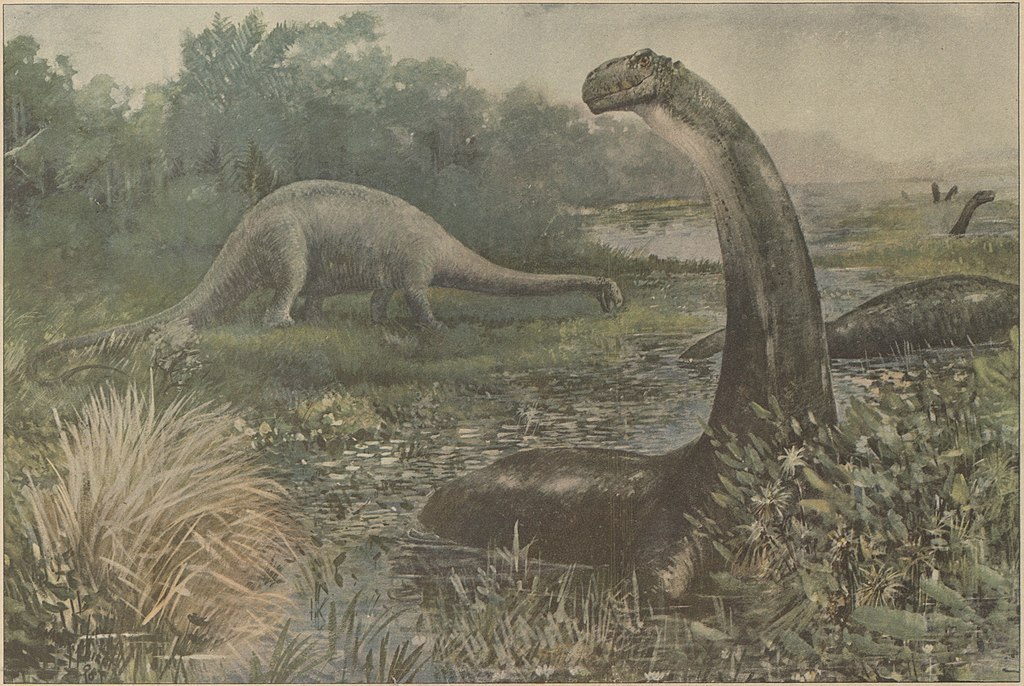
A dinosaur civilization’s architecture would likely reflect both their physical characteristics and their relationship with their environment. Given the larger size of many dinosaur species, their buildings and urban spaces would likely feature more expansive dimensions—wider doorways, higher ceilings, and broader public spaces than human cities. Without fire for firing bricks or smelting metal, their construction might rely on shaped stone, hardened clay, woven plant materials, or biological constructs like modified nests. Their cities might incorporate more open designs, possibly with fewer enclosed spaces, reflecting the outdoor-oriented lifestyles of their evolutionary ancestors. Urban planning might emphasize different priorities than human cities—perhaps with segregated areas for different-sized species, specialized acoustic features for communication across distances, or integrated green spaces supporting semi-domesticated food sources. The result might be sprawling, partially open cities that blur the boundaries between built environment and natural landscape, creating sustainable urban ecosystems that function in harmony with the surrounding environment rather than standing apart from it.
Would We Recognize Dinosaur Civilization as “Advanced”?

Perhaps the most thought-provoking aspect of this speculation is whether human observers would even recognize a dinosaur civilization as “advanced” if they encountered it. Our conception of technological progress is deeply rooted in our particular evolutionary path—emphasizing tool use, material transformation through heat, and increasingly complex mechanical and electronic systems. A dinosaur civilization might have developed along entirely different technological lines, perhaps emphasizing biological technologies, chemical manipulation, or sensory applications beyond human perception. Their cities might not feature the geometric precision we associate with advanced construction, instead incorporating organic forms that might appear chaotic to human observers despite serving sophisticated functional purposes. Their information storage might not use visual writing but could employ other methods like encoded scent markers or sonic patterns imperceptible to human senses. This raises profound questions about how we define intelligence and civilization, reminding us that our human-centric definitions might blind us to recognizing equally valid but fundamentally different expressions of advanced cognitive development and technological achievement.
Conclusion

The question of whether dinosaurs could have built cities given another 100 million years of evolution ultimately remains a fascinating thought experiment, one that illuminates our understanding of evolutionary processes, intelligence development, and the nature of civilization itself. While the foundations for such development—including promising cognitive capabilities, manipulative appendages, and social structures—were present in several dinosaur lineages, the path to civilization would have required specific selective pressures and circumstances to align. What seems certain is that any dinosaur civilization would have differed dramatically from our own, reflecting their unique biology, sensory capabilities, and evolutionary history. Perhaps the most valuable aspect of this speculation is how it challenges our anthropocentric view of intelligence and technological development, reminding us that civilization, should it emerge elsewhere—whether on distant planets or in Earth’s alternative evolutionary histories—might take forms we can barely imagine but that are no less remarkable for their difference.




